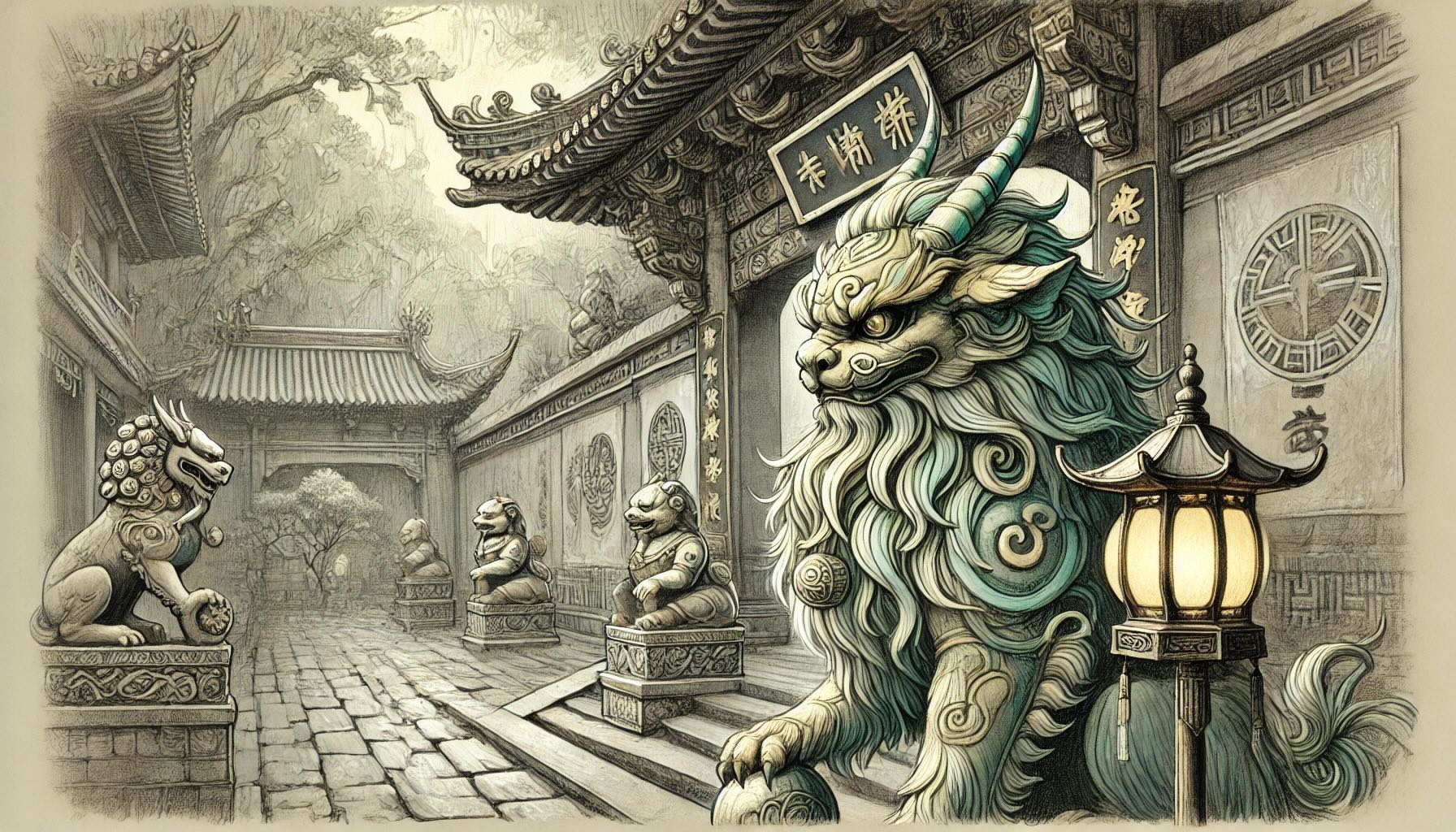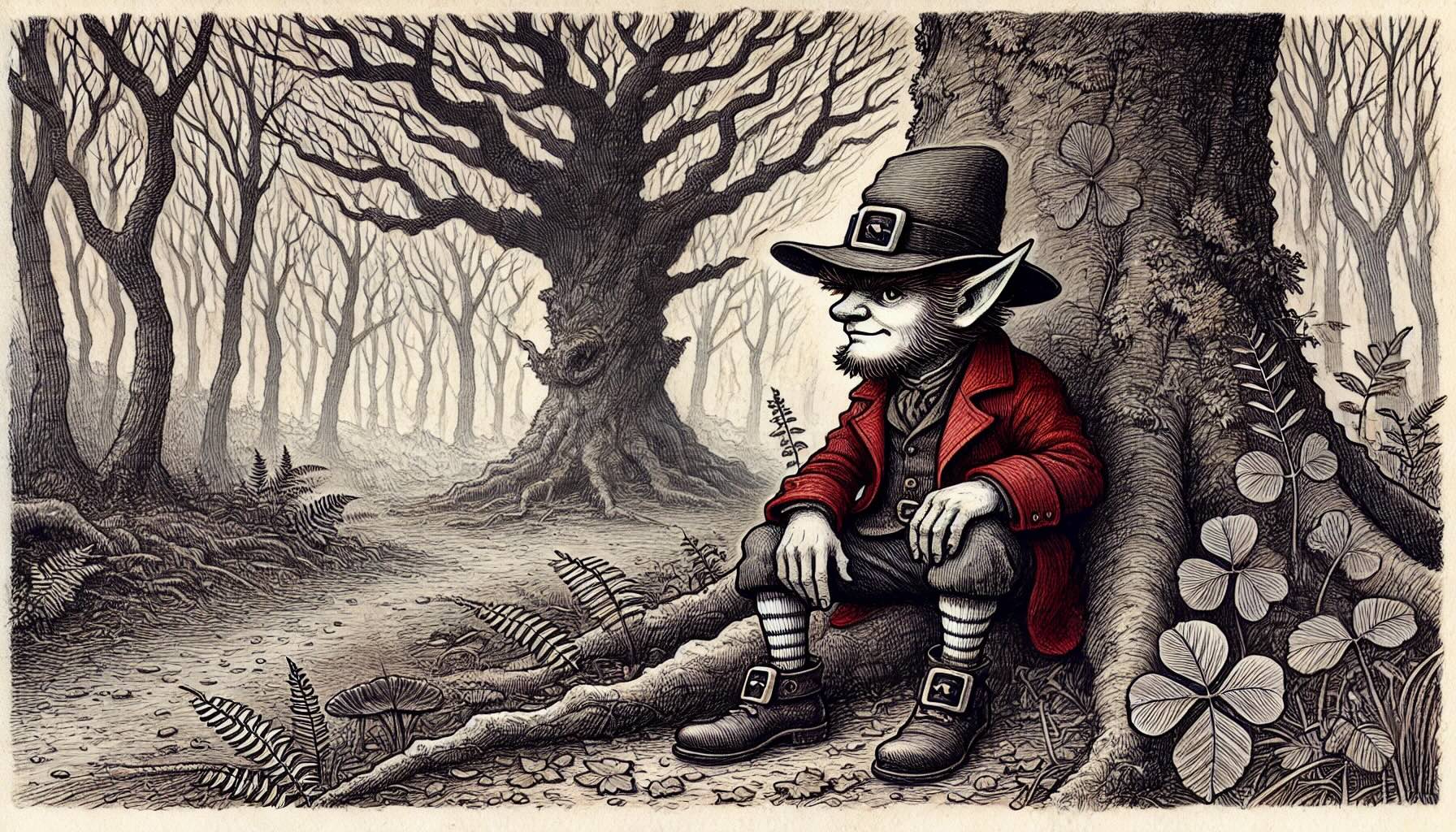Beware the Tikbalang: A Trickster in the Jungle
In the deep, humid jungles of the Philippines, where the trees stand like ancient sentinels and mist clings to the ground, there’s a creature that knows the forest better than any man. If you wander too far, if you lose track of your path, the Tikbalang might just find you. And it’s not a creature you’ll want to meet in the wild.
The Tikbalang’s Form: Tall, Horse-Headed & Unsettling
The Tikbalang is a humanoid creature with the head of a horse and the body of a man. Standing well over seven feet tall, its sinewy muscles ripple beneath its fur, and it moves with an unnatural grace through the thickest underbrush. Its horse-like face is often the first sign you’ll notice—long, sharp features, with eyes that glow faintly red in the dark.
While its body seems human, its legs are impossibly long and end in hooves, which make no sound on the forest floor. Its jagged, black mane flows unnaturally in the wind, and sometimes, you might catch a glimpse of its glowing eyes, just before it disappears into the foliage.
Trickster Ways: A Beast Who Loves to Fool
The Tikbalang is a master of deception, often confusing travelers who wander into its domain. Many have lost their way, walking in circles, their surroundings shifting with each step. Some say the Tikbalang takes great joy in leading people astray, causing them to wander until they collapse from exhaustion, or worse, lose their sanity entirely.
Its trickster nature isn’t always cruel—it enjoys watching those who are too proud or boastful fall victim to its games. The Tikbalang is said to target those who mock the old ways or disrespect the spirits of the forest. Some believe it has the power to change the very landscape, so that paths disappear, landmarks shift, and directions no longer make sense.
Cultural Accounts: Stories of the Lost and Found
One well-known story from the province of Bulacan tells of a young man who found himself in a dense jungle late at night. As he walked, he heard the distant sound of galloping hooves—it seemed to grow louder, but no matter how fast he moved, the sound always stayed just out of reach. Soon, he realized he was trapped in a maze of trees and vines, walking in circles with no way out.
In his desperation, he remembered an old warning from his grandmother: "To escape the Tikbalang’s maze, walk in circles." After hours of walking in confusion, he finally gave the advice a try, and soon, he saw the edge of the jungle. His ordeal had lasted three days, but he returned to his village unharmed, with a deep respect for the forests—and the creatures that inhabit them.
Another tale, this one from the Bicol region, tells of a traveler who mocked the Tikbalang during his journey through the jungle. Laughing at the stories of the creature, he found himself lost and unable to find his way out. In desperation, he left an offering of rice cakes at the base of an ancient tree. The Tikbalang, amused by the traveler’s sudden humility, allowed him to leave unharmed, but the experience changed the traveler forever, leaving him with a new-found respect for the forest spirits.
The Tikbalang’s Lair: Where Shadows Watch
You’ll find the Tikbalang deep in the mountainous jungles, where the trees are older than any human settlement and the fog never seems to lift. These forests are not just home to the Tikbalang—they’re its domain, where it moves freely and where few have ventured without being tested.
The Tikbalang thrives in thick underbrush and mist, often appearing in remote, untrodden places. You won’t hear it approach, but if you stop and listen carefully, you might catch the sound of hooves tapping softly against the earth. Most travelers don’t even realize they’re being followed until it’s too late.
Behavior: The Tikbalang Knows the Land Like No Other
The Tikbalang isn’t a mindless beast. It knows the landscape intimately and is adept at using its surroundings to deceive and confuse. It’s said that if you wander too far from a well-known trail, it might lead you into its maze, causing you to walk in endless circles.
Though its nature is elusive, the Tikbalang has a strong territorial instinct, and will do everything it can to keep intruders out of its domain. Some stories suggest that the creature will follow travelers for hours or even days, waiting for a moment to strike, often in the form of a terrifying laugh or a strange shift in the forest itself. And once the Tikbalang has found its target, it’s only a matter of time before it leads them to despair.
Survival Tips: How to Avoid the Tikbalang’s Tricks
- Never mock the spirits: If you’re in the jungle, respect the old stories and avoid disrespecting the creatures of the land. The Tikbalang targets those who laugh off its existence.
- If you get lost, stop moving: Don’t keep wandering. The more you walk in circles, the more the Tikbalang will enjoy your confusion. If you can, leave an offering at a tree and wait for the creature to decide whether you’re worthy to leave.
- Don’t look for it: The Tikbalang will find you when it’s ready. If you hear hooves in the distance, do not follow them. It’s best to stay still and listen, as the Tikbalang might be watching from the shadows.
- Walk in circles if you feel disoriented: Some say that walking in circles, instead of trying to head straight for a path, can throw off the Tikbalang's magic. This old piece of advice has helped more than a few travelers escape the creature’s maze.
The Tikbalang’s Legacy: Myths That Endure
While the Tikbalang is most closely associated with the jungles of the Philippines, it is more than just a creature of myth—it represents the untamed nature of the land itself. It’s a reminder that the jungle is not to be taken lightly, and that respect for the natural world and its spirits is vital.
Some say that the Tikbalang was once a guardian spirit, and that it watches over the forests with a mix of mischief and protectiveness. The Tikbalang’s presence may seem ominous, but those who respect it—and the forests it guards—might find themselves with a guide instead of an enemy.



